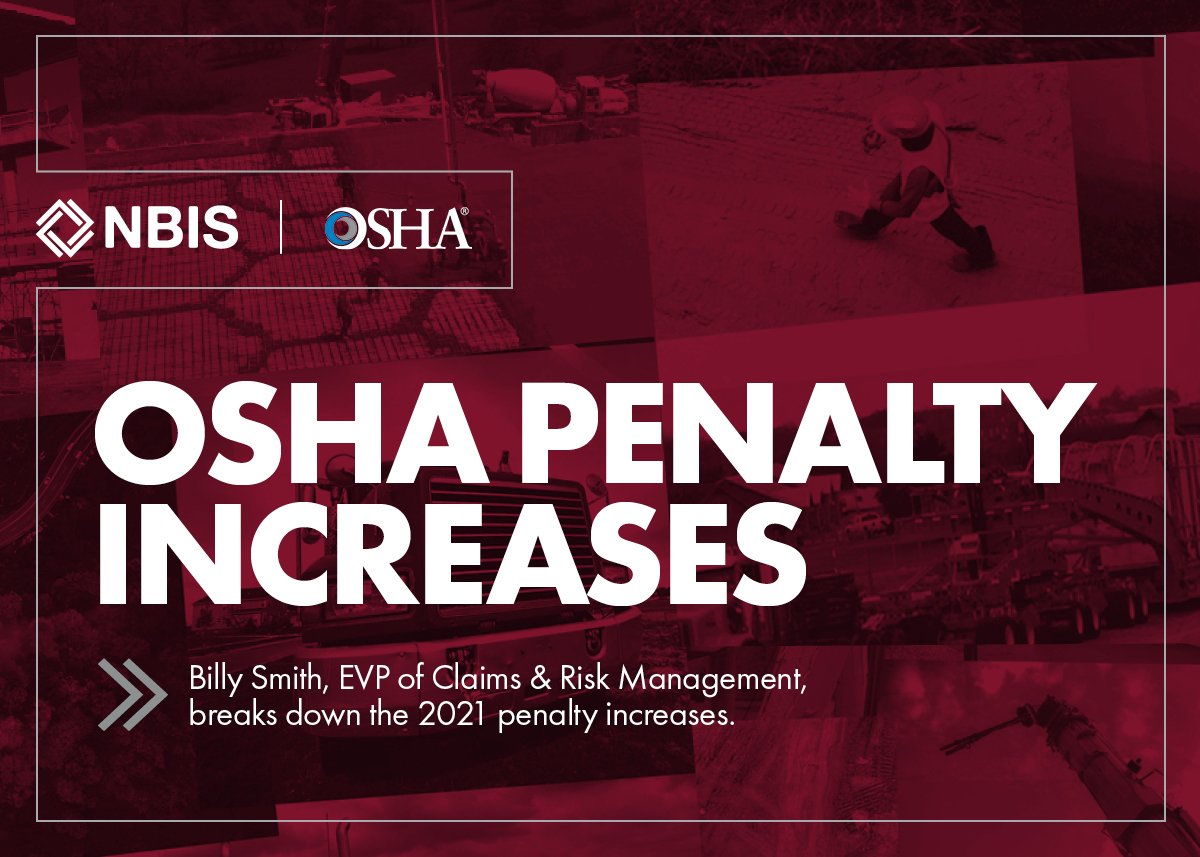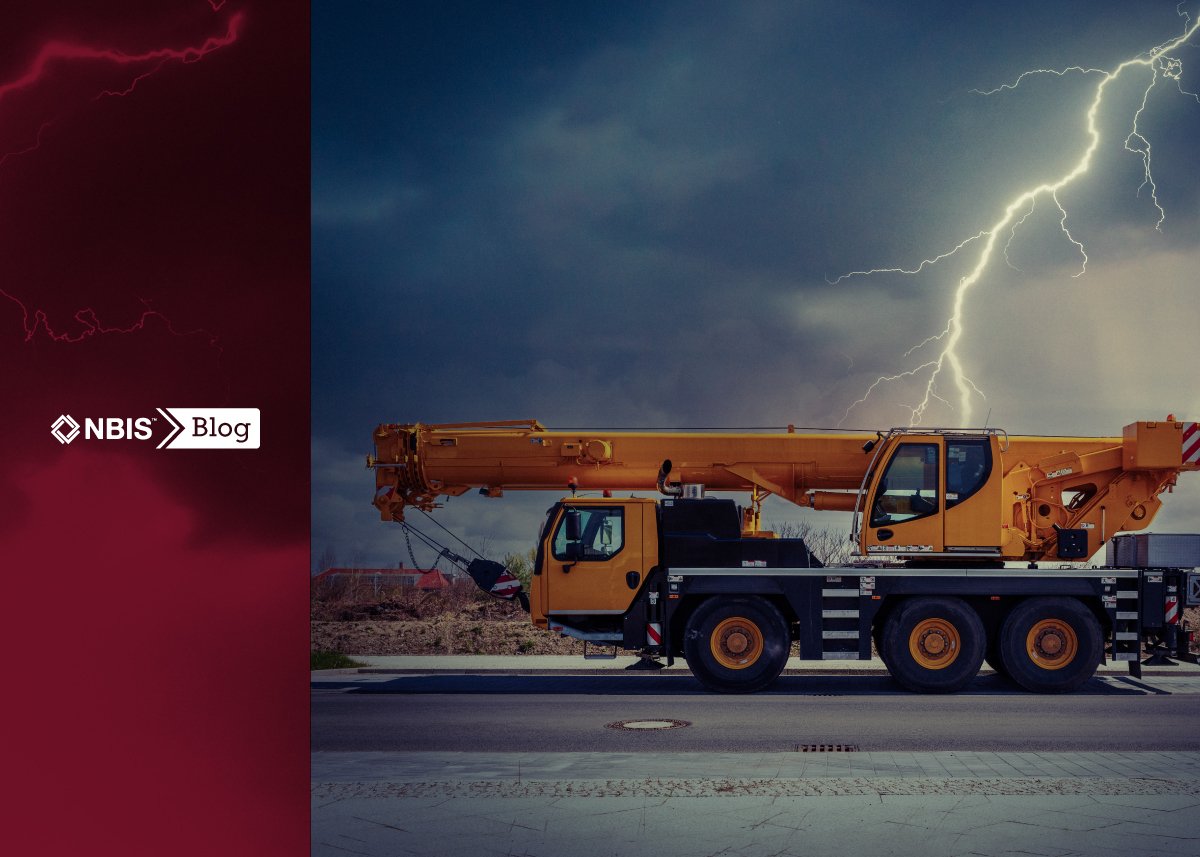At NBIS, we keep a watchful eye on the regulatory landscape. Recently, we reached out to our preferred OSHA legal partner, Michael Rubin, of Ogletree Deakins, and asked him about the recent ramp up in “instance by instance (IBI) violations, which OSHA describes as “citations for high-gravity serious violations of OSHA standards specific to falls, trenching, machine guarding, respiratory protection, permit required confined spaces, lockout tagout, and other-than-serious violations of OSHA standards specific to recordkeeping.”
Here’s what he had to say.
In January 2023, OSHA issued a memorandum to Regional Administrators regarding “instance by instance” (IBI) or “egregious” violations. These types of violations are issued per employee or instance. For example, rather than issuing a single violation for failing to train employees, OSHA issues 10 violations – one for each employee who was not trained.
Similarly, OSHA could issue 10 separate violations for failing to record, or improperly recording, on the OSHA 300 Log. OSHA previously limited IBI violations to “willful” situations, but has expanded the policy significantly to allow IBI violations any time OSHA concludes issuance would achieve a “deterrent goal.” OSHA is permitted to issue violations this way as long as the language in the cited standard supports it, e.g., “each” employee must be trained, machine guarded, etc.
We are feeling the effects of this policy change in two ways.
First, we are seeing more IBI violations, which significantly increases penalties and makes cases more difficult to settle. This situation is particularly troubling for contractors who must report violations on ISNetworld, Avetta, and similar systems.
Second, in cases where OSHA issues “willful” violations, I have heard settlement demands in which OSHA agrees to change the “willful” characterization, but only if the employer agrees to take multiple violations under the IBI policy.
OSHA generally seems less interested in settling cases early (with some exceptions). In cases where the employer can effectively argue compliance with the standard or sustain an unpreventable misconduct defense, OSHA is often refusing to settle and using the discovery process to try to poke holes in those defenses. This means higher litigation costs and more trials.
OSHA’s aggressive stance is also reflected in its rulemaking agenda. For example, OSHA plans to propose a rule allowing union organizers to participate in OSHA inspections even when no NLRB-sanctioned election has occurred. Allowing union organizers inside of a facility during an OSHA inspection (which is probably occurring because of complaints generated by those same organizers) will clearly improve the union’s chances during the election.
By all means, this appears to be a concrete example of the federal government trying to help labor unions at the expense of employers, and OSHA’s anticipated proposal reveals where OSHA’s priorities currently lie. Expect multiple legal challenges if/when the rule goes final.







